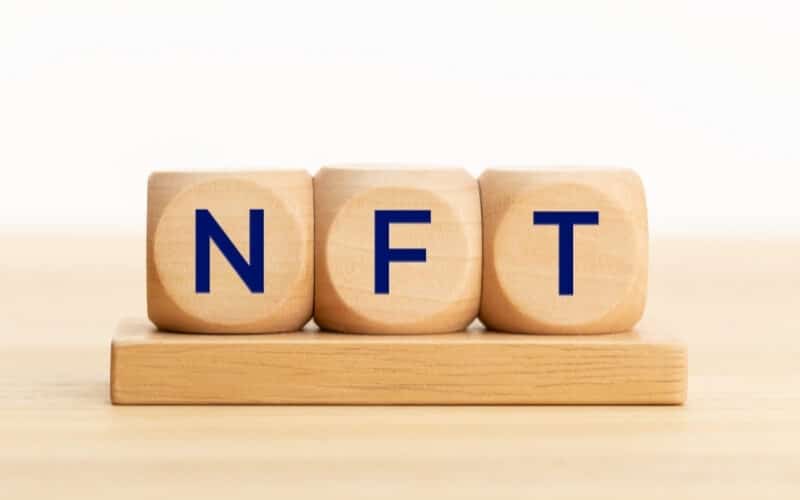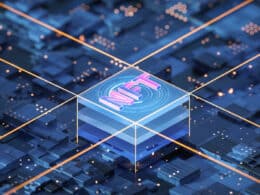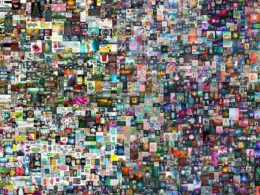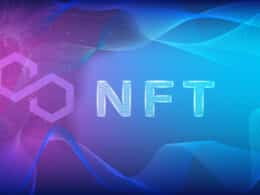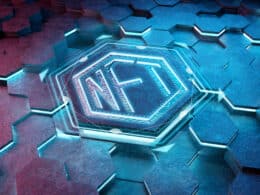NFTs (non-fungible tokens) have exploded in popularity in 2021, but what’s the hype about them, and why do some sell for millions of dollars? Jack Dorsey, co-founder, and CEO of Twitter, recently auctioned off an NFT of his first-ever tweet for a staggering $2.9 million.
Despite seeming like a recent invention, their roots stretch as far back as 2012 with Bitcoin Colored Coins.
Analysts credit Ethereum as the first brand to coin the term ‘non-fungible tokens’ in 2017. Later in the same year, the Canadian game studio, DapperLabs, created one of the earliest and most prominent NFT projects, CryptoKitties, using Ethereum’s blockchain.
So, what exactly is a non-fungible token, how do they work, and why have they been receiving so much attention? Let’s find out.
What is a non-fungible token?
An NFT is a tokenized version of a unique and digital asset created on a cryptocurrency blockchain. This token signifies ‘digital scarcity’ that is transferable privately or in an open marketplace.
In 2021, as more people have normalized a crypto economy, interest in NFTs has reached unprecedented heights. At least a quarter of a billion dollars has been traded in this space in 2021 alone.
Presently, NFTs represent unique digital things like photos, art, videos, games, music, and collectibles; essentially anything digitally storable and perceived to hold some value. However, their use cases will gradually expand over time to encompass storing contracts, licenses, certificates, etc.
Fungibility
To illustrate the uniqueness of an NFT, we need to understand the concept of fungibility. Fungibility describes the ability for a good to be exchangeable with other goods of the same type.
Moreover, individual parts of those goods are uniformly divisible interchangeable with another of the exact kind. When we exchange fungible items, the value remains the same. The most common everyday fungible thing is money.
While every note and coin is technically unique because of the serial numbers, condition, etc., the value people assign to it stays unchanged. For instance, if someone lent another person a $10 note, the borrower can repay this money in various denominations.
There would be no need for them to return the same $10 bill. Whether the payback is in 5 $2 notes or 10 $1 notes, the lender should still accept it if the value is $10. All cryptocurrencies are also fungible in nature as they share the same attributes.
In contrast, a non-fungible article does not share these characteristics because of being distinctive and non-separable; essentially, it is one-of-a-kind.
How are NFTs created?
The creation of NFTs involves smart contracts on blockchains and a computational mining process to verify ownership and unique identification. Data stored on the file will provide the originality of that particular token.
Currently, the most popular platforms supporting the invention are Ethereum, Binance Smart Chain, Tron, Flow, EOS, Cosmos, WAX, and Polkadot. Each of these blockchains has its own token issuance standard, e.g., ERC-721 with Ethereum.
Fortunately, creating one’s own NFT is a relatively straightforward task. Once a user has the file of what they need to be tokenized, they will require a wallet of the blockchain producing the NFT and a minimum deposit of its supported coin.
Once the token is live, it is then transferrable to another party. If the owner decides to trade the NFT, they will list it on the compatible marketplace of a particular blockchain.
The most popular platforms for trading NFTs presently are OpenSea, Mintable, Rarible, Nifty Gateway, Axie, SuperRare – all Ethereum-supported – BakerySwap (Binance Smart Chain), and VIV3 (Flow).
Examples of NFT sales
The trend at the moment for NFTs leans towards the buying and selling of limited-edition art, cards, music, gaming items, videos, and anything the market deems collectible and highly valuable.
According to nonfungible.com, the gaming and collectibles industries account for 77% of the entire NFT industry, while real estate, domain names, and art dominate 13%, 6%, and 4%, respectively.
We will look at just two of the prominent NFT platforms and examples of recently occurring high-priced sales.

- CryptoKitties: As briefly mentioned, this project is one of the first prevalent examples of this invention in the mainstream. Launched in 2017 by Dapper Labs, CryptoKitties is a video game where players trade, collect and breed virtual cats.
An NFT exists for each cat created on the Ethereum blockchain to have unique genetic attributes. A kitty named Dragon is one of the most expensive ever sold at 600 ETH (equating to roughly $ 1.958 million if accounting for the price of ETH as of 18 May 2021).

- NBA Top Shot: Another invention by Dapper Labs in partnership with the National Basketball Association (NBA), NBA Top Shot is a site for basketball fans to trade officially licensed, iconic video highlights represented as digital cards.
NBA Top Shot employs the Flow blockchain for creating NFTs, and payments are made using the FLOW token. On 20 March 2021, the site recorded one of its highest ever sales of $250 000, a digital card of LeBron James’ recent reverse dunk during an NBA game.
Why the hype?
With all the above considerations in mind, the next question naturally is what’s the hype about NFTs and why are they so valuable. Some analysts believe many of the insanely high prices for these tokens are speculative.
Ultimately, something is only worth as much as what someone else is willing to pay for it based on rarity and cultural impact. However, it’s not just about the prices. NFTs have created new business opportunities and given artists and creators control over their work through digital ownership by cutting out the middleman.
Also, because of cryptography, information coded on a non-fungible token remains permanent, promotes data integrity, privacy, and can never be lost. Some may not yet know the use of NFTs will go beyond what is presently the trend. Blockchain technology can assign digital ownership and facilitation in the following:
- Copyright
- Warranties
- Badges
- Identification
- Contracts
- Certification
- Voting systems
- Licenses
Final word
Overall, NFTs are a fascinating extension of cryptocurrencies. Whether the present trend of high-priced sales is a bubble or not, only time will tell. Nonetheless, the application of these tokens will probably live beyond, which is arguably the more important aspect.
Decision-makers in virtually all industries ranging from supply chain to business will likely venture into space once they appreciate the tremendous benefits it brings.




